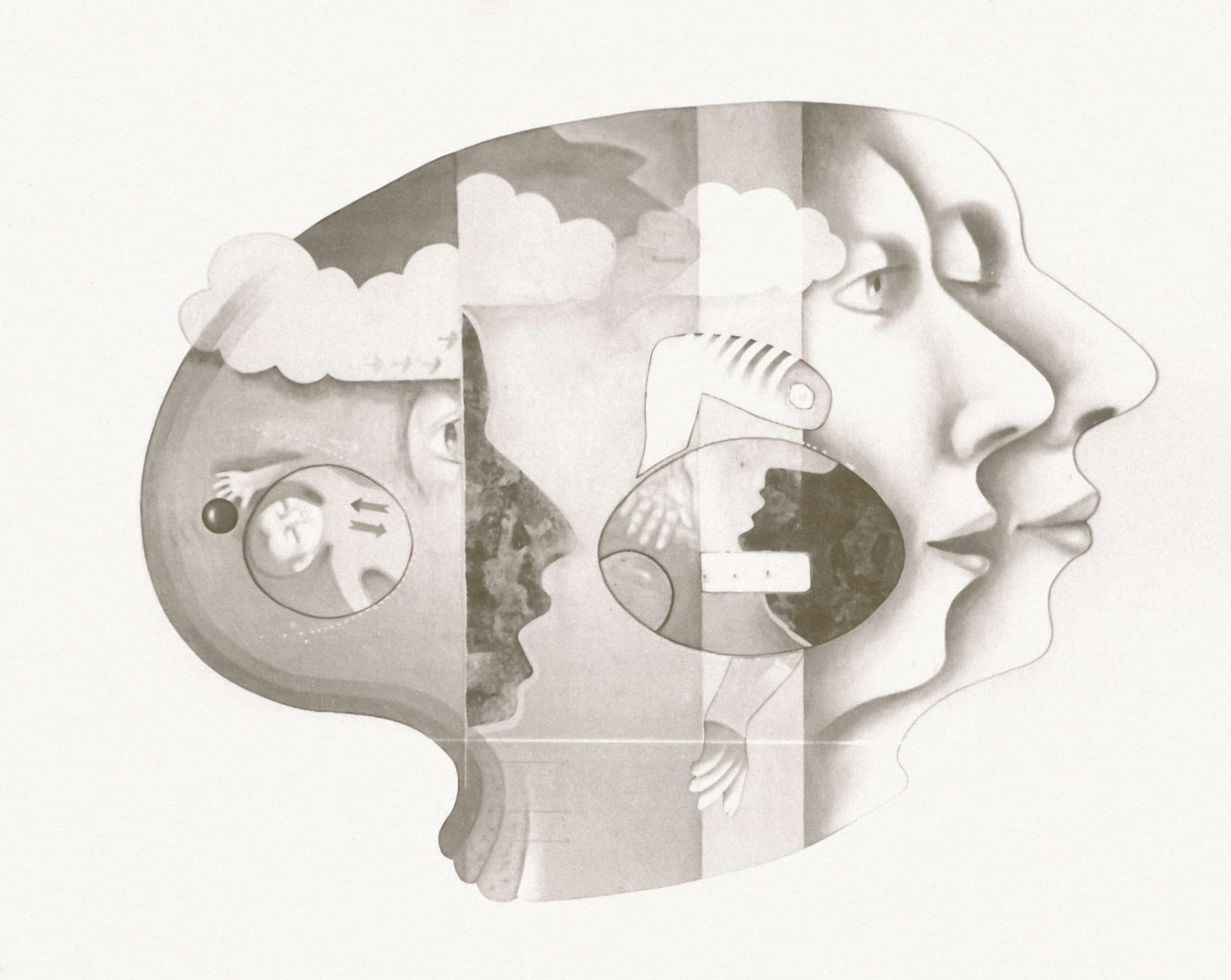
Sharenting Dangers: Why School Photos Online Put Kids at Risk
Digital Caution at the School Gate
Each fall, social media platforms are flooded with cheerful posts of children holding chalkboard signs proudly announcing their first day of school. These images often include a child’s name, grade, teacher’s name, school, and even future aspirations. While intended to commemorate milestones and share joy with friends and family, these posts can present significant safety risks. I have witnessed the unintended consequences of oversharing online. With predators increasingly exploiting digital spaces, it is crucial that parents understand the dangers of disclosing identifying information and adopt safer online behaviors.
The Hidden Dangers of Oversharing
Predators and the Digital Trail
Social media has become a powerful tool for connection, but it is also a fertile ground for exploitation. According to the National Center for Missing & Exploited Children (NCMEC), there were more than 32 million reports of suspected child sexual exploitation in 2022 alone, primarily involving online enticement and inappropriate image sharing (NCMEC 2023). Predators often use publicly available information to build virtual profiles of children, learning their routines, locations, and social circles to groom or target them. A child’s school, age, and interests- often shared innocently by parents- can be weaponized by those with malicious intent.
The Problem with "Sharenting"
The term “sharenting” describes the practice of parents sharing content about their children online. While most parents do so with good intentions, research indicates that by age 13, the average child will have more than 1,300 images of themselves posted online by their parents (Chamberlain 2022). These digital footprints are permanent and create opportunities for misuse. Identity thieves, for example, can extract details like full names, locations, and birthdates to commit fraud or build false identities. Additionally, these posts can be scraped and distributed in online forums that exploit child imagery, a growing concern documented by cybersecurity experts and law enforcement (Europol 2022).
Psychosocial Impacts on Children
Beyond safety, there are psychological implications for children whose lives are publicized without their consent. According to a study by Steinberg and McDonald (2021), children whose parents frequently post about them online report feelings of embarrassment and a lack of control over their personal narratives. This loss of autonomy can affect self-esteem and trust within the family unit. As digital citizens, children deserve privacy and the ability to shape their own identity at their own pace.
Practitioner Insights and Best Practices
Conducting a Digital Risk Assessment
Before posting about children online, parents should conduct a basic digital risk assessment. This involves evaluating what information is being shared, who can see it, and how it could be interpreted or misused. For example, a back-to-school photo that includes a child’s full name, grade level, teacher’s name, and school sign may inadvertently reveal enough information for someone to impersonate a caregiver or approach the child in person. Keeping posts general and omitting specific identifiers can significantly lower the risk of exposing a child to online threats.
Use Privacy Settings Strategically
Most social media platf
Read-Only
$3.99/month
- ✓ Unlimited article access
- ✓ Profile setup & commenting
- ✓ Newsletter
Essential
$6.99/month
- ✓ All Read-Only features
- ✓ Connect with subscribers
- ✓ Private messaging
- ✓ Access to CityGov AI
- ✓ 5 submissions, 2 publications
Premium
$9.99/month
- ✓ All Essential features
- 3 publications
- ✓ Library function access
- ✓ Spotlight feature
- ✓ Expert verification
- ✓ Early access to new features
More from 3 Topics
Explore related articles on similar topics





